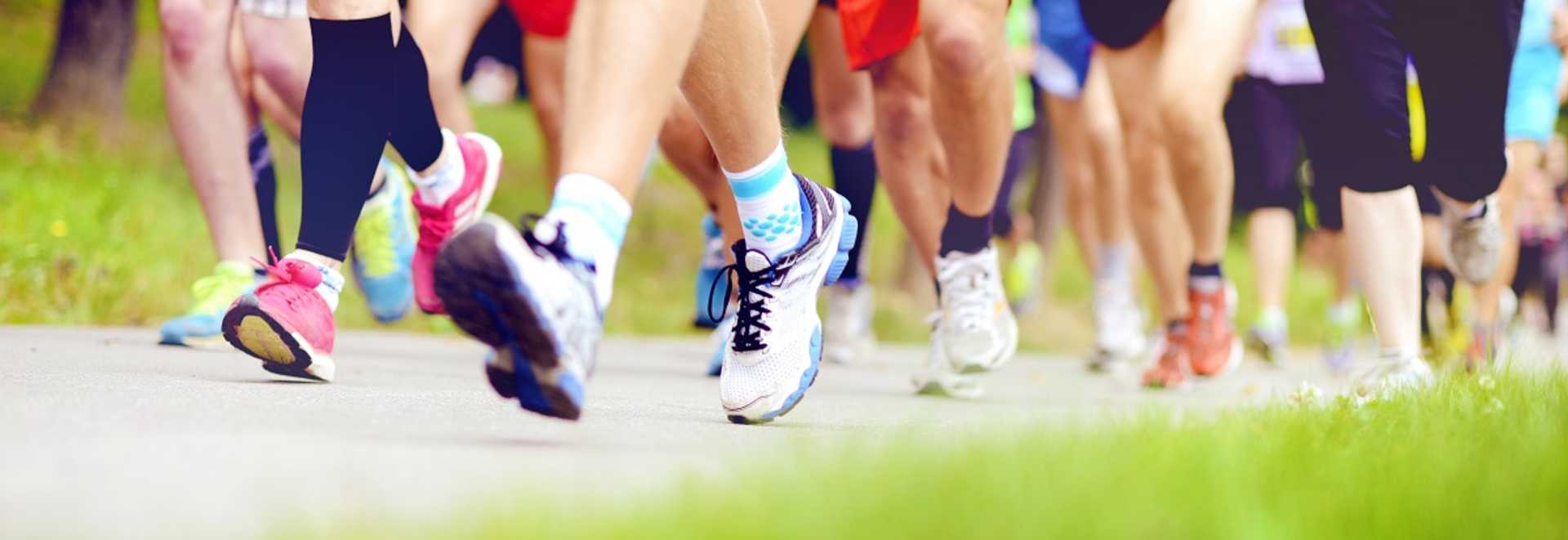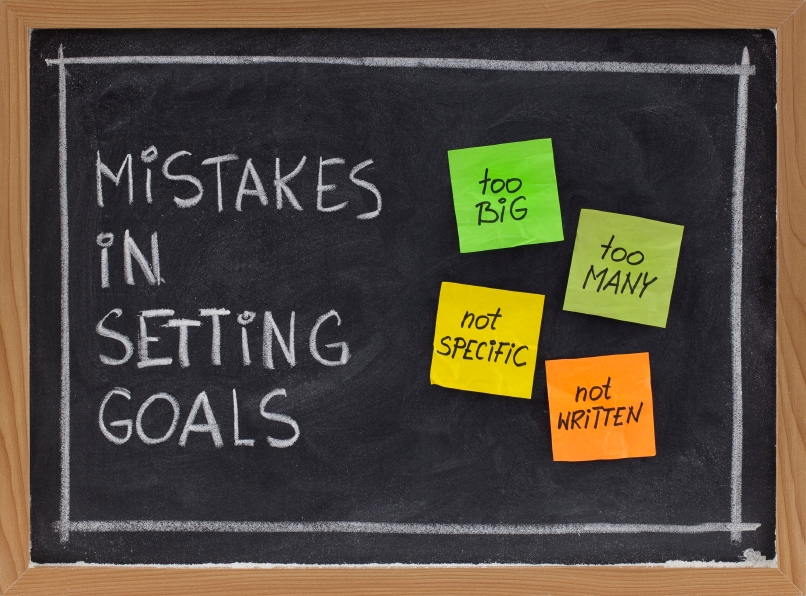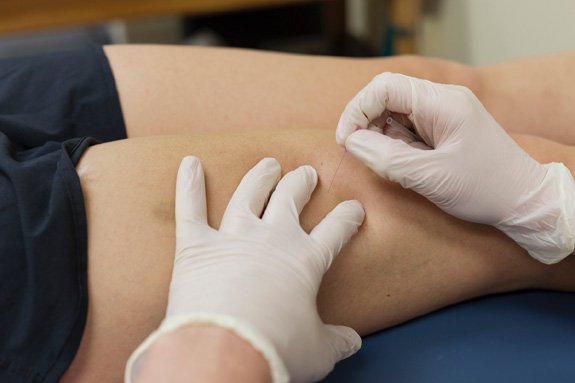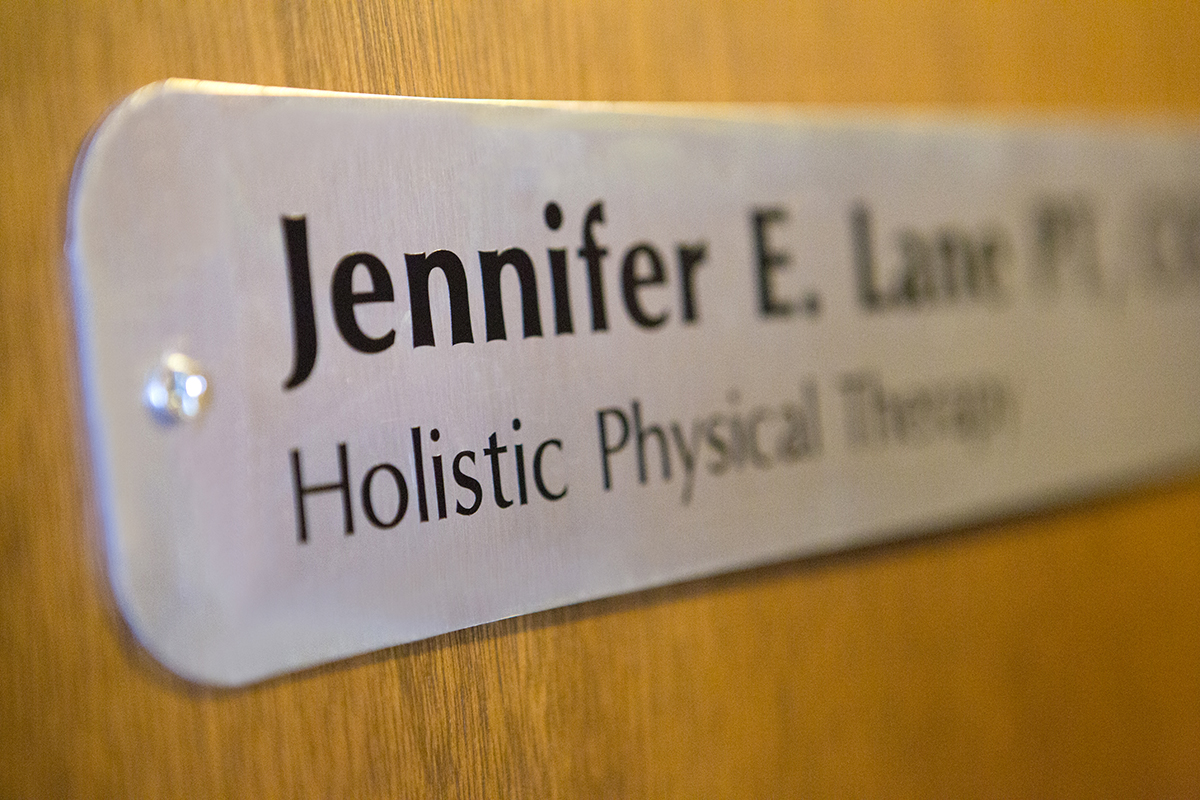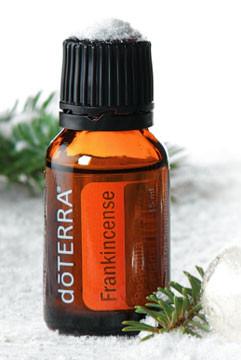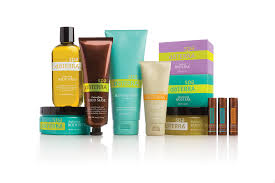When I instruct people on how to exercise properly, I always talk about breathing. Why? Because the diaphragm (the key muscle used to take a deep breath) is an important part of our core muscles. Deep breathing also can help mobilize the spine and calm the nervous system.
Here’s how that works…
The main muscle that allows us to breathe is the diaphragm. It lives right under our ribs and is one of the core muscles. Breathing “through” an exercise helps you engage your core muscles. As you inflate your lungs with a deep breath, your rib cage also expands helping to keep the mid back moving. As you take a deep breath repeatedly you also calm the nervous system down. Deep breathing cues the body that it is ready to rest and digest, so if you find yourself in a stressful situation, stop and take a few deep breaths. It’s amazing how much it can help!
Here are some ways that you can improve your breathing. Take a deep inhale through your nose and exhale through an open mouth like you are fogging up a mirror. Lay on your back with your arms in a “cactus position” opening through your chest. Breathe with emphasis on feeling your rib cage expand. You could also try lying on your back resting one hand on your stomach and one hand on your chest. As you breathe deeply focus on feeling movement under both hands.
Try one of these deep breathing techniques and note how you feel. You might alleviate some pain in your mid back or relax from a stressful day. When you work out next, think about breathing throughout your routine. Try not to hold your breath but keep a constant rhythm to your exhalation and inhalation. Try it out!



